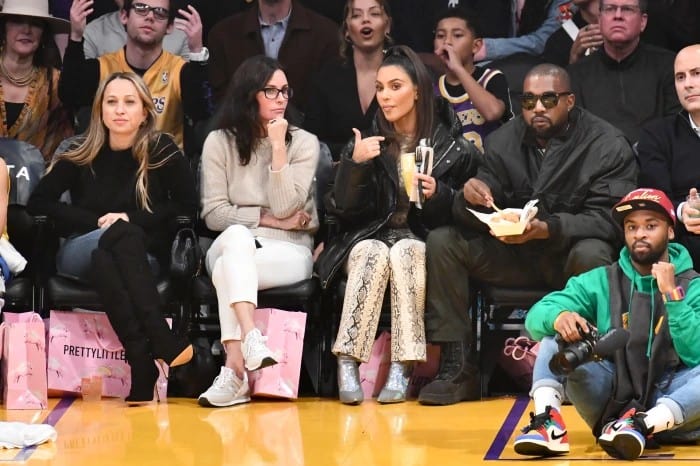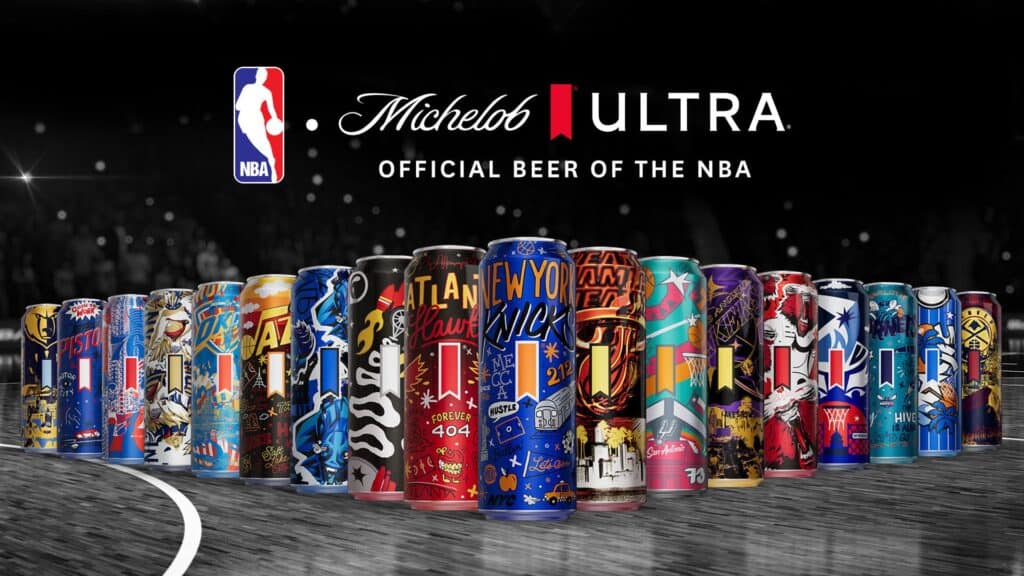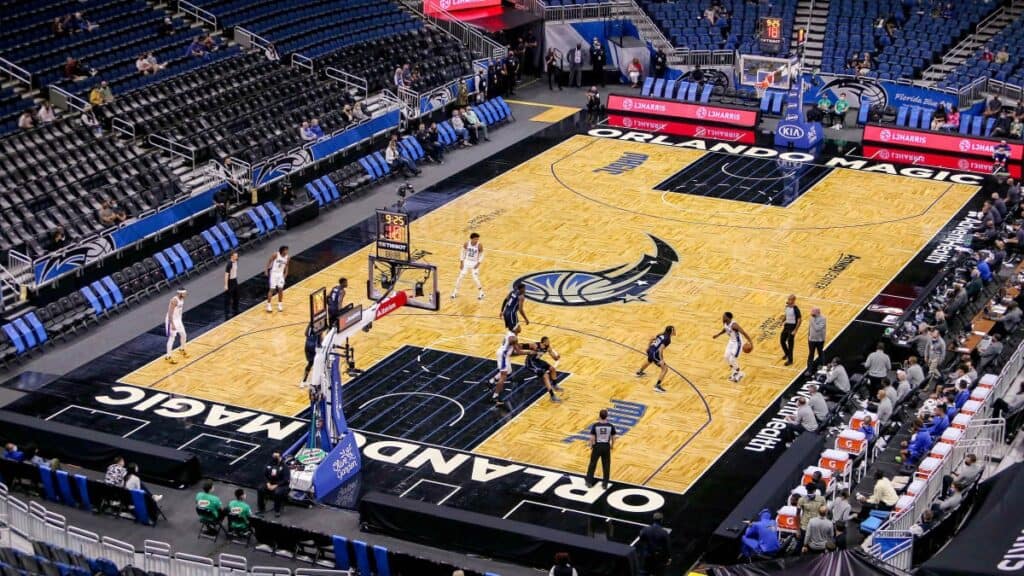The average price for an NBA ticket is a little over $100, and there are a variety of factors that can see a ticket price become much higher. The reasons for high ticket prices include a) an increase in demand, b) an increase in basketball-related costs and expenses, and c) inflation. Ticket prices for a marquee matchup or a successful team will be higher than tickets for a less successful team or a more standard matchup. The area of the stadium where the seat is also heavily influences ticket prices: closer to the court means higher prices. In addition to just the ticket, costs associated with attending an NBA game can include concession prices and parking fees.

What factors affect ticket prices?
Ticket prices are quite simply a reflection of demand. If there’s a heated rivalry game going on, everyone wants to go, but there’s only so many seats: therefore, ticket prices are high. The team is in the playoffs? Same result. A big star is coming to town, or a hyped rookie makes their debut? Ticket prices will be high. Low demand also has an effect on ticket prices. Midweek games, matchups between two struggling teams, “meaningless” matchups once a team is no longer in playoff contention: less people want to go to these games, and teams drop prices in an effort to fill up seats. Likewise, everyone wants seats closest to the court, so those are reserved for the biggest spenders. The cheapest seats will be placed near the upper ends of the stadium, far from the action.
Why are food and drinks expensive at NBA games?
If you’ve ever been to an NBA game, you’ll notice that food, drinks, and snacks cost way more than they would at your local convenience store. The reason for the higher prices are not because the food is way better or something; sometimes the items they serve is the same brand stuff that you can find at the grocery. The primary reason for high concession prices can be explained by the principle of captive audiences.

When you enter a stadium, you have to show your ticket, and re-entry is most often not allowed: once you leave, you leave. Similarly, security at the stadium will take any sort of food and beverage you have before you enter the stadium. Now you’re in a stadium where once you leave you can’t return, and you don’t have any food on you for the next 3-4 hours. People like to eat food or have a drink when watching their games. This is where the stadium concession stand steps in. They offer you the food you want, but at increased prices. But since you have no other option, you are inclined to buy. This is what is meant by a captive audience.
From a business standpoint, exclusivity will always result in a higher price. The principle of the captive audience is not limited to stadiums; you’ll find it in cinemas, airports, and other entertainment venues. While fans understand this concept, and as it also allows concession stands to turn a profit, it has become an accepted practice. Unfortunately, exploitation of it is not uncommon even in the NBA, and many fans are turned away by the increasingly high and distorted prices of normal food offerings.
Has there been an increase in ticket prices?
Ticket prices for NBA games have been steadily increasing for many years now, and that is not so surprising. What is a little surprising is that ticket prices seem to change every season, and they’ve been growing at high rates. One report showed that ticket prices increased by 18.6% between the 2018-19 season (the last pre-pandemic season) and the 2021-22 (the first full season since COVID-19 hit).

The report noted that this increase was at double the rate of inflation, meaning there is a profit motive behind these price hikes. While the price hikes were predictable since teams were heavily impacted by the pandemic and want to recoup their losses, ticket prices are a far cry from 10-15 years ago, where Statista reports that average ticket prices ranged between $45-$55 from 2006 until 2016. That is nearly 50% of the price of an average ticket for the 2021/22 season, which comes out to around $109.
Price increases have also been compounded by ticket resale and scalpers, who buy up tickets to the biggest games of the season and sell them for 2-3 times the value of the original ticket price, sometimes even more. Fans who were ready to pony up and buy the already price-increased tickets for marquee matchups are sometimes left scrambling and left to deal with the resale market.
How has the increase in ticket prices impacted attendance? Not in the most ideal way. The report that noted the post-pandemic price increases juxtaposed the 18.6% price hikes against the 10.2% increase in ticket sales. The increase in price did not match the demand, although the prices may have made up for loss in volume. There was a 7.1% decrease in paid attendance on average; teams who were struggling to fill seats saw decreases as staggering as 30% or more. While some of this can be attributed to COVID-19 mandates, there is a range of grumbling to outrage amongst fans who have seen ticket prices double very quickly.
Now that it has become increasingly easy to watch NBA games on TV or on mobile phones, fans will now think twice about buying a ticket to an NBA game, that is if they can afford it. A family of four can easily spend about $500 on one game night, when you factor in ticket prices, concession sales, and parking fees. If ticket prices continue to increase, it will be interesting to see how the fans react and how the landscape changes.
